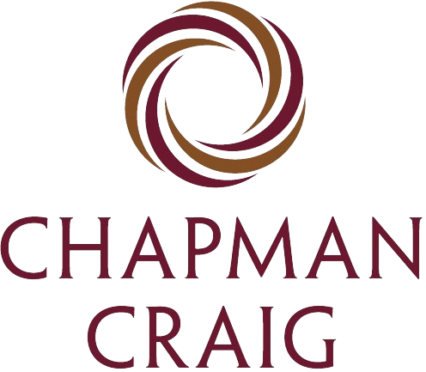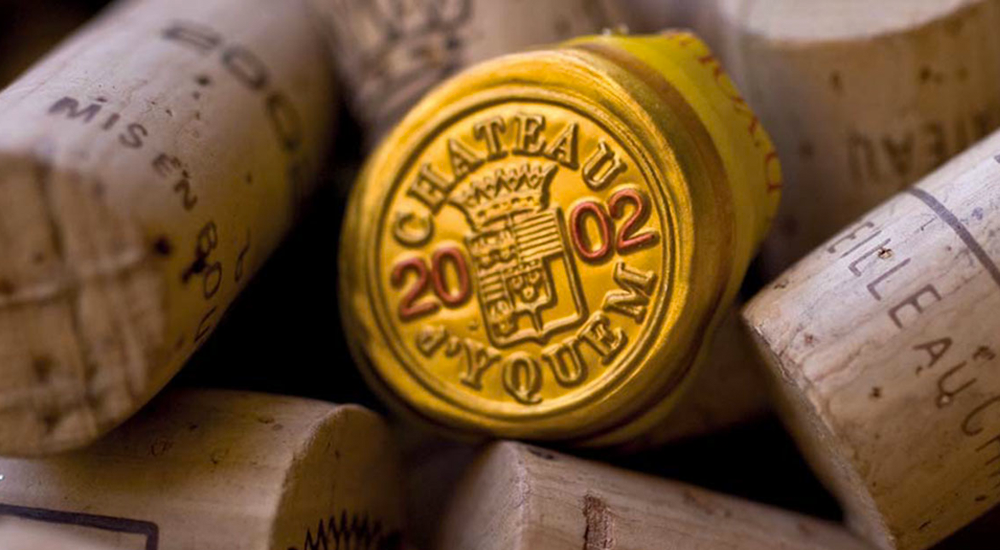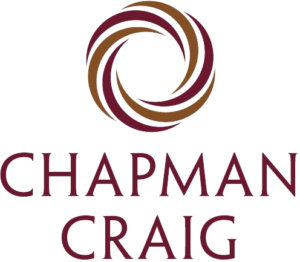
Click here for the introduction to our “Investing in the Post-Covid Era” series of materials.
When it comes to selecting a firm to handle your investments, it pays to do your homework
When selecting an investment firm, there are a few factors you should keep in mind. Regardless of who recommended a prospective investment adviser, you must conduct your own due diligence. You know your investment objectives best and you are the one who will have to live with the decision.
The toughest part is knowing what questions to ask. First, let’s touch on some important rules of thumb. You should understand the risks and the expected returns of the investments you choose. Just as important, is understanding how the investment firm’s employees are compensated. You should have clear expectations on how your investments will be monitored, including the quality of the statements and how often are investment review meetings held. You should know how fees are charged. Are they fixed or based on assets? Are they based on commissions? Are there any hidden fees?
Tips for Choosing a Firm
Big is not always better. Sometimes smaller firms can do a much better job at meeting clients’ objectives. Imagine you are shopping in a popular area. You are in a hurry to finish. It is easy to move around when you are by yourself. However, if you are amongst a dozen people linking arms, it will be impossible to move faster than the crowd. In fact, you become the crowd.
There is no uniform standard of service and expertise that clients can expect to receive. However, any company or person who deals in securities or commodity futures, or gives investment advice in Hong Kong, must be registered with the Securities and Futures Commission (SFC).
You should meet the management and ask about staff turnover. This can affect you in many ways. If the person you deal with regularly change over, you will have to build up another relationship. If a fund manager leaves, future performance may not be the same as in the past. If administrative personnel change, will you still receive your statements as usual?
How the firm is remunerated from your business is extremely important, as is knowing how your account officer or broker is paid. Are their interests closely aligned with yours? Are they paid a fixed fee on assets managed? Are they paid commissions? Are they paid by investment performance? Although your statements may not show commission fees, you may nevertheless be paying them.
Client service is important. Ask to be shown sample statements. Are statements clear and comprehensible so that they facilitate monitoring your investments? How often are statements provided? How accessible is your adviser to respond to your questions and address your concerns? Are you invited to educational seminars?
Does the firm have related services, such as dealing with overseas mortgages or trusts? Will this be important for you in the future?
Choosing your Account Manager
Your account manager will be the person with whom you have the most contact. What experience does he or she have that is relevant to your situation? What sort of professional training does your account manager have? What is his or her investment philosophy? Is it consistent with the firm’s?
Do you think you will be able to build a long-term relationship with your account manager?
Monitoring your Adviser
Once you have determined your investment objectives and chosen an adviser to help you meet those objectives, you must manage the relationship and monitor your investments. The key to a successful relationship is regular and effective communication. It is the investor’s responsibility to update the adviser regarding any changes in investment objectives and circumstances. In turn, it is the adviser’s responsibility to regularly report on how well the stated objectives are being met.
One way to ensure poor investment returns is to change investment advisers frequently by running after the short-term star performers. However, you might consider changing your adviser if they are unable to manage your investments according to your objectives, there is a high turnover of key personnel, there are changes in the level of service, there are changes in investment style, or changes in trading activity.
At the end of the day, it is your money that is being invested and usually it is your future that you are planning. Therefore, investment decisions should not be rushed. You should do a fair amount of research. Ask a lot of questions. Investment professional want you as a client, so don’t forget that you are in the driver’s seat.
Click here to download a PDF version of this article.




Recent Comments